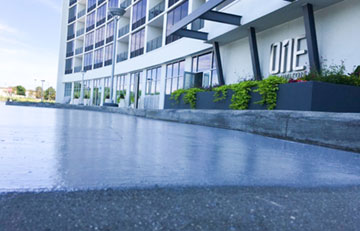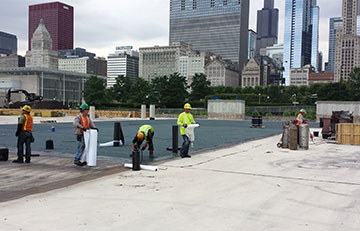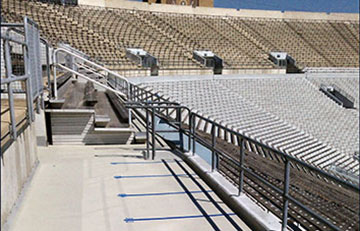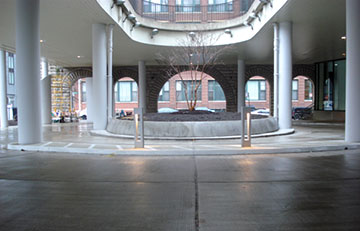Western Specialty Contractors - Chicago Concrete Restoration Branch recently repaired and protected a leaking concrete slab covering the parking garage at One … [Read more...] about One Arlington Parking Structure
Chicago HSP
Millennium Lakeside Garage at Maggie Daley Park
Open park space within urban environments is vital to the development and general well-being of the surrounding communities. As the population in these areas … [Read more...] about Millennium Lakeside Garage at Maggie Daley Park
The Columbian
Constructed in 2008, The Columbian is a 47-story residential skyscraper on Michigan Avenue in Chicago, Illinois. The floors of the building’s seven-level … [Read more...] about The Columbian
Columbus Plaza Condominium
The Habitat Company, owners of the Columbus Plaza Condominium wanted to upgrade the appearance of the building’s main plaza entrance. Desman Associates were … [Read more...] about Columbus Plaza Condominium
University of Notre Dame Football Stadium
As the college football season was fast approaching, Western was contacted to provide a new traffic coating system in all the concourses, concession stands, … [Read more...] about University of Notre Dame Football Stadium
River City Plaza
The plaza was constructed in the late 70’s and was in great need of restoration. The project consisted of: The removal of existing topping slab and hot … [Read more...] about River City Plaza






